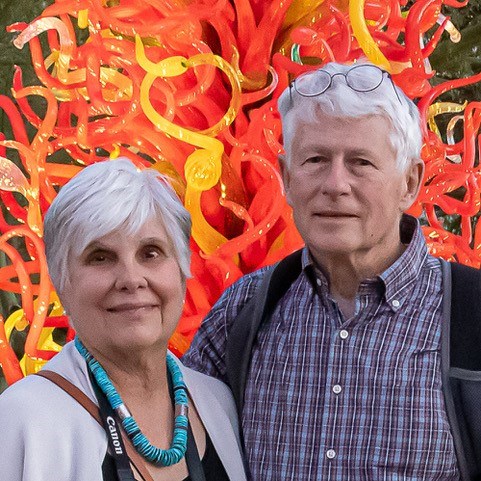
On September 26, 2024, the Department of Chemistry held the 2024 Dale and Susan Poulter Lectureship in Biological Chemistry.
Dale and Susan Poulter funded the Bioorganic Chemistry Teaching Laboratory and established endowments for the Dale and Susan Poulter Chair in Biological Chemistry, and the Dale and Susan Poulter Lectureship in Biological Chemistry to bring outstanding scientists from the US and abroad to Utah to present their work.
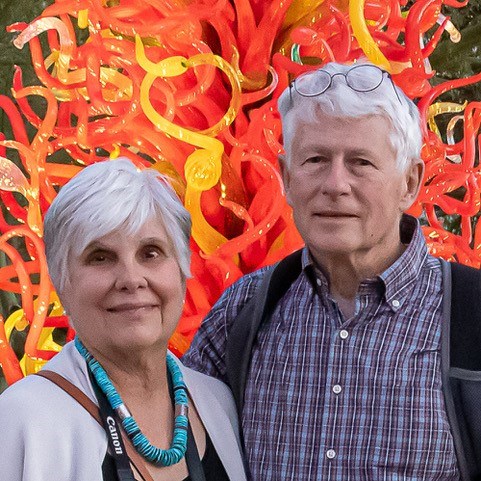
History of Poulter Lecture Speakers at the University of Utah
2024—Amy Rosenzweig, Northwestern University, Seeing Copper Enzymes in Their Native Membrane Environment
2022-2023—Helen E. Blackwell, University of Wisconsin–Madison Chemical, Interception of Bacterial Cell-to-Cell Communication
2021-2022— Cathy Drennan, MIT, Shake, Rattle, & Roll: Capturing Snapshots of Ribonucleotide Reductase in Action
2018-2019 (Inaugural Lecture)
John Kozarich, ActivX Biosciences, Inc., Reflections of an Enzyme Mechanic
Jackie Winter, University of Utah, Developing Heterologous Expression Platforms for Elucidating Fungal Natural Product Biosynthesis
Jeffrey Rudolph, University of Florida, Biosynthesis of the Antibiotics Platensimycin and Platencin
John Gerlt, University of Illinois, Discovery of Novel Enzymes in Novel Pathways
The 2024 speaker was Amy Rosenzweig, Northwestern University. Amy Rosenzweig is the Weinberg Family Distinguished Professor of Life Sciences in the Departments of Molecular Biosciences and Chemistry at Northwestern University. She received a B.A. in Chemistry from Amherst College and a Ph.D. in Inorganic Chemistry from Massachusetts Institute of Technology. The Rosenzweig laboratory uses structural, biochemical, and biophysical approaches to attack problems at the forefront of bioinorganic chemistry. Their work has been honored recently by the American Chemical Society Alfred Bader Award in Bioinorganic or Bioorganic Chemistry and the Protein Society Hans Neurath The Cast
Award. Rosenzweig, a member of the National Academy of Sciences and a fellow of the American Academy of Arts and Sciences, is currently chair of the Department of Molecular Biosciences.
2024 Lecture
Professor Rosenzweig’s presentation was titled Seeing Copper Enzymes in Their Native Membrane Environment.

Abstract:
Aerobic microbial processes are important sources and sinks for greenhouse gases with methane-oxidizing bacteria (methanotrophs) consuming methane and ammonia-oxidizing bacteria (nitrifiers) releasing nitrous oxide. Methanotrophs and nitrifiers use copper-dependent membrane monooxygenases to carry out the first steps in their metabolisms: the conversions of methane to methanol by particulate me-thane monooxygenase (pMMO) and ammonia to hydroxylamine byammonia monooxygenase (AMO). Due to loss of enzymatic activity up-on detergent solubilization from their native intracytoplasmic membranes (ICMs), elucidating the structures and mechanisms of pMMOand AMO has posed significant challenges. Both enzymes consist of three subunits, including PmoB/AmoB, PmoA/AmoA, and PmoC/AmoC. Despite the availability of multiple crystal and cryoelectron microscopy (cryoEM) structures, the location and nature of the pMMO copper active site remain controversial. Attempts to study AMO have not been successful, leaving details of its molecular architecture and copper centers unknown. Using cryoEM single particle analysis, we have visualized both pMMO and AMO directly in their native ICMs at high resolution.
These in situ structures reveal the arrangement of enzyme trimers in the membrane, details of the copper centers, bound lipids, and previously unobserved components. The ability to obtain molecular-level insight within the native environment will enable further understanding of these and other environmentally-important membrane-bound cuproenzymes.
About Dale and Susan Poulter
Dale and Susan Poulter have lived and worked in Utah since 1969, when Dale took a position as an Assistant Professor in the Department of Chemistry. Dale grew up in Louisiana and graduated from Louisiana State University in 1964 with a BS degree in Chemistry. In 1967, he received his PhD in organic chemistry at the University of California, Berkeley, and was an NIH Postdoctoral Fellow at the University of California at Los Angeles from 1967 to 1969.
At Utah, Dale began research in biological applications of physical organic chemistry and was subsequently promoted to Associate Professor and later to Professor. In his years of research and teaching, he has published over 290 research papers, and mentored many undergraduates, PhDs, and postdoctoral fellows. He was Chair of Chemistry from 1995–2000. Dale was appointed as the The Crew John A. Widtsoe Professor of Chemistry in 1994 and as a Distinguished Professor in 1996. In 2019, Dale became the John A. Widtsoe Distinguished Professor Emeritus. Dale has received many awards and is currently a member of the National Academy of Sciences and the American Academy of Arts and Sciences. He is also a Fellow of the AAAS and the ACS. Dale served as Editor-in-Chief of the Journal of Organic Chemistry from 2001 to 2017 and as an associate editor for other journals.
Susan Poulter also grew up in Louisiana and pursued a career in science, first as a student in chemistry at Louisiana State University and then at University of California, Berkeley, where she received BS and PhD degrees in chemistry, and later performed research and teaching chemistry at the University of Utah. She then turned to the field of law, obtaining a juris doctorate in 1983 from the University of Utah, where she was an editor of the Law Review and a member of the Order of the Coif.
After graduating, Susan entered legal practice, first at the firm of Parsons Behle and Latimer, and later as an in-house corporate attorney. There, her interests again turned to science, with practice in environmental law and intellectual property, among other fields. In 1990, she joined the faculty of the U’s College of Law, where she developed courses involving science and law and lectured and wrote on scientific evidence. She was also involved in various committees of the American Bar Association and the American Association for the Advancement of Science, including the National Conference of Lawyers and Scientists, and was a member of the advisory board of the AAAS Project on Court Appointed Experts. After retiring in 2014, Susan is now Professor Emerita of Law.
Susan and Dale now divide their time between Utah and Arizona, where they enjoy the wonderful outdoors of both.
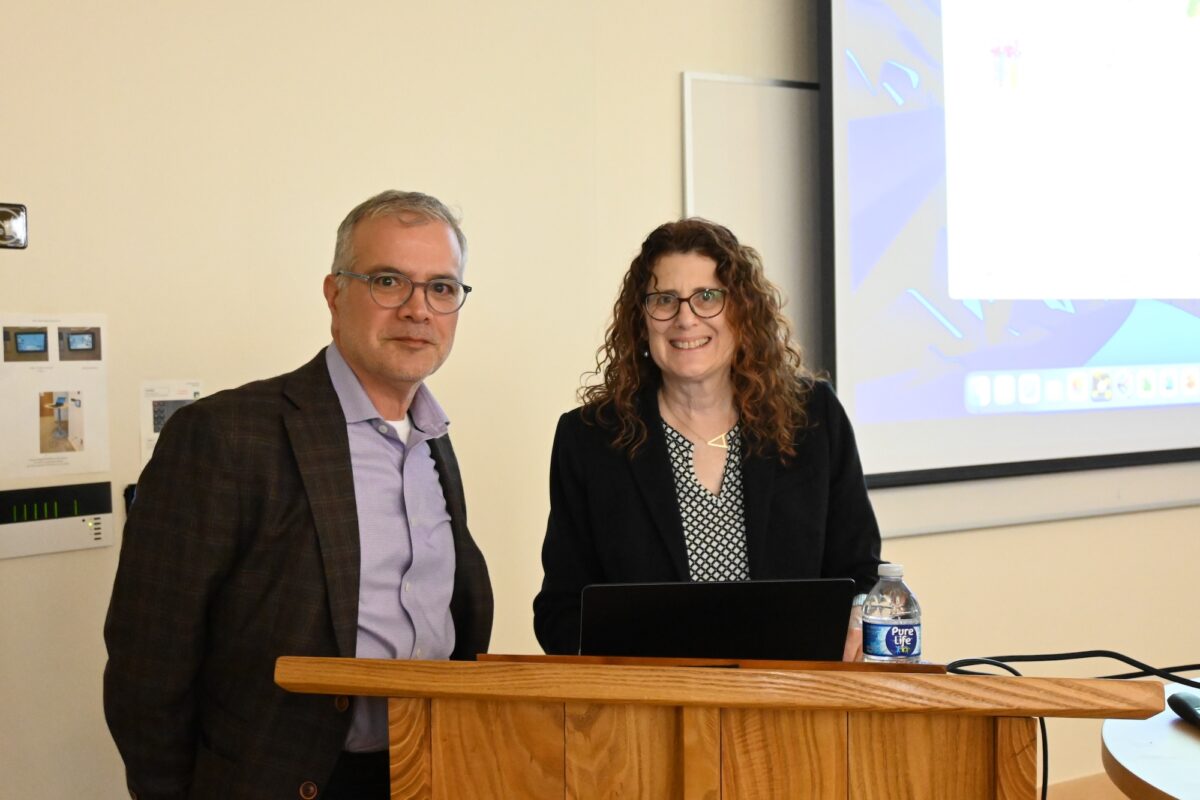 |
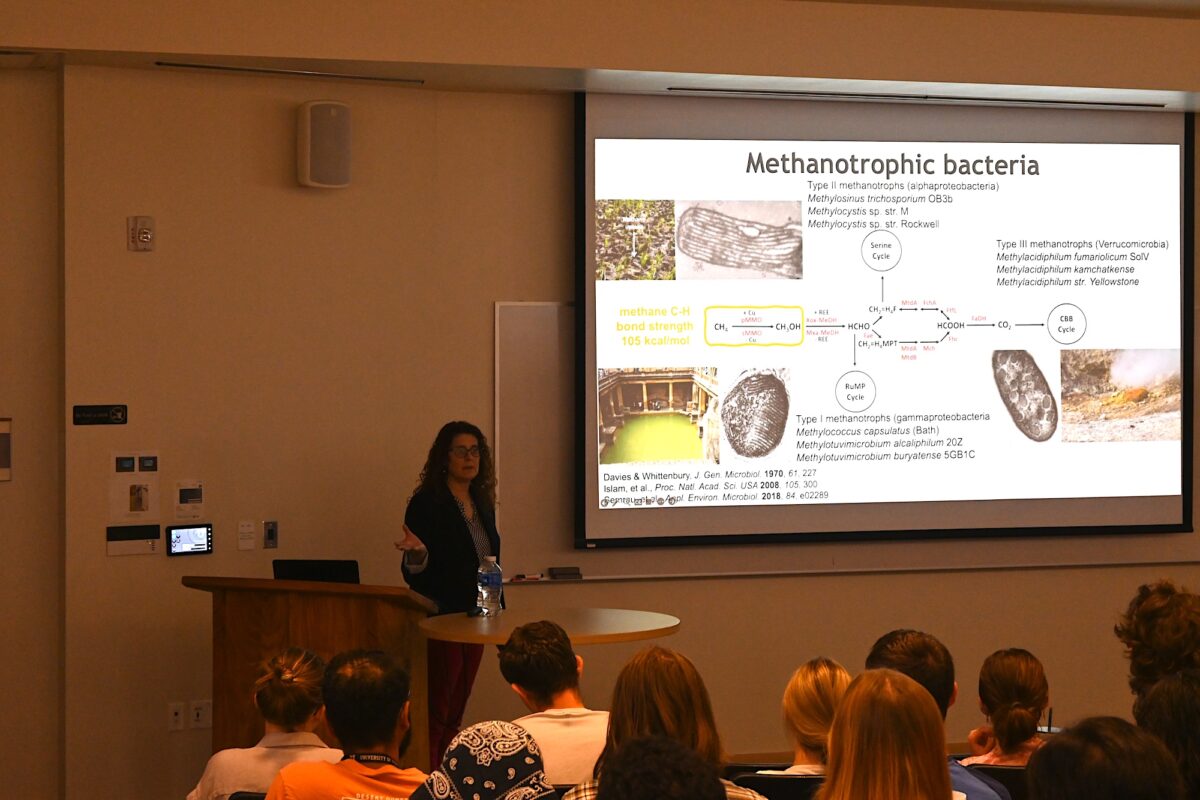 |
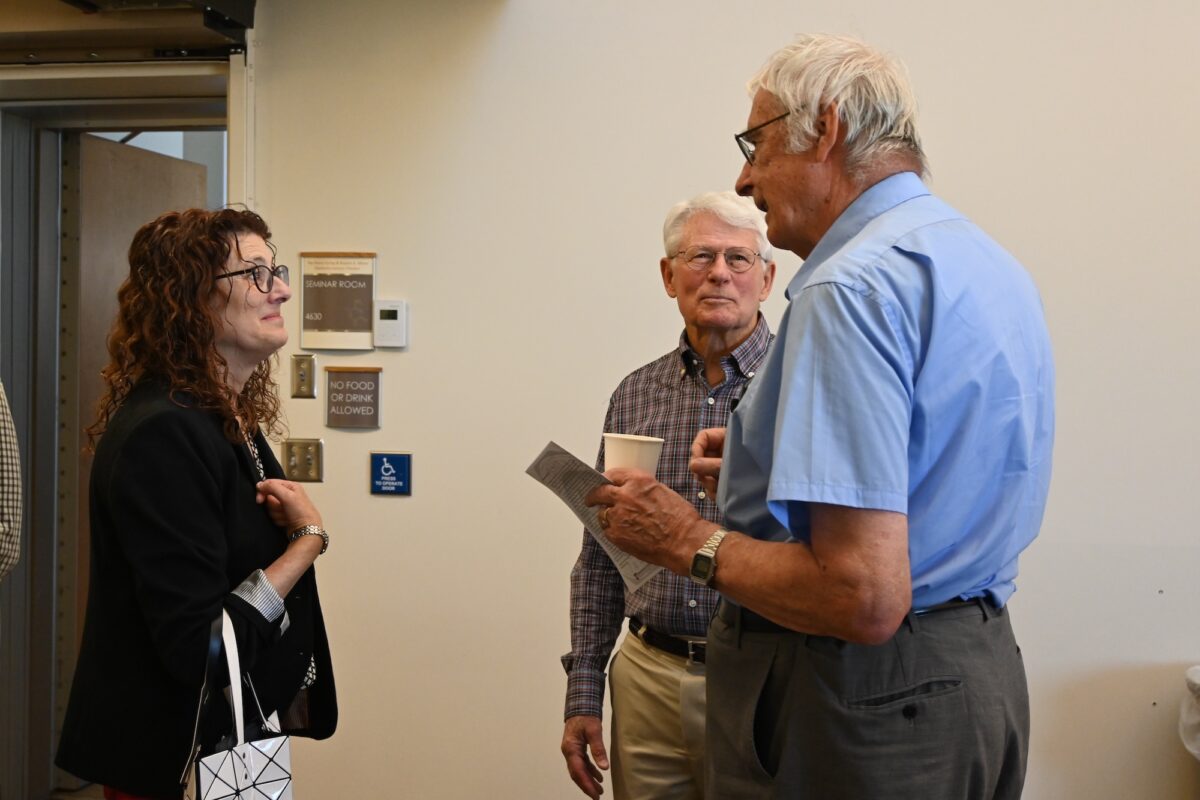 |
